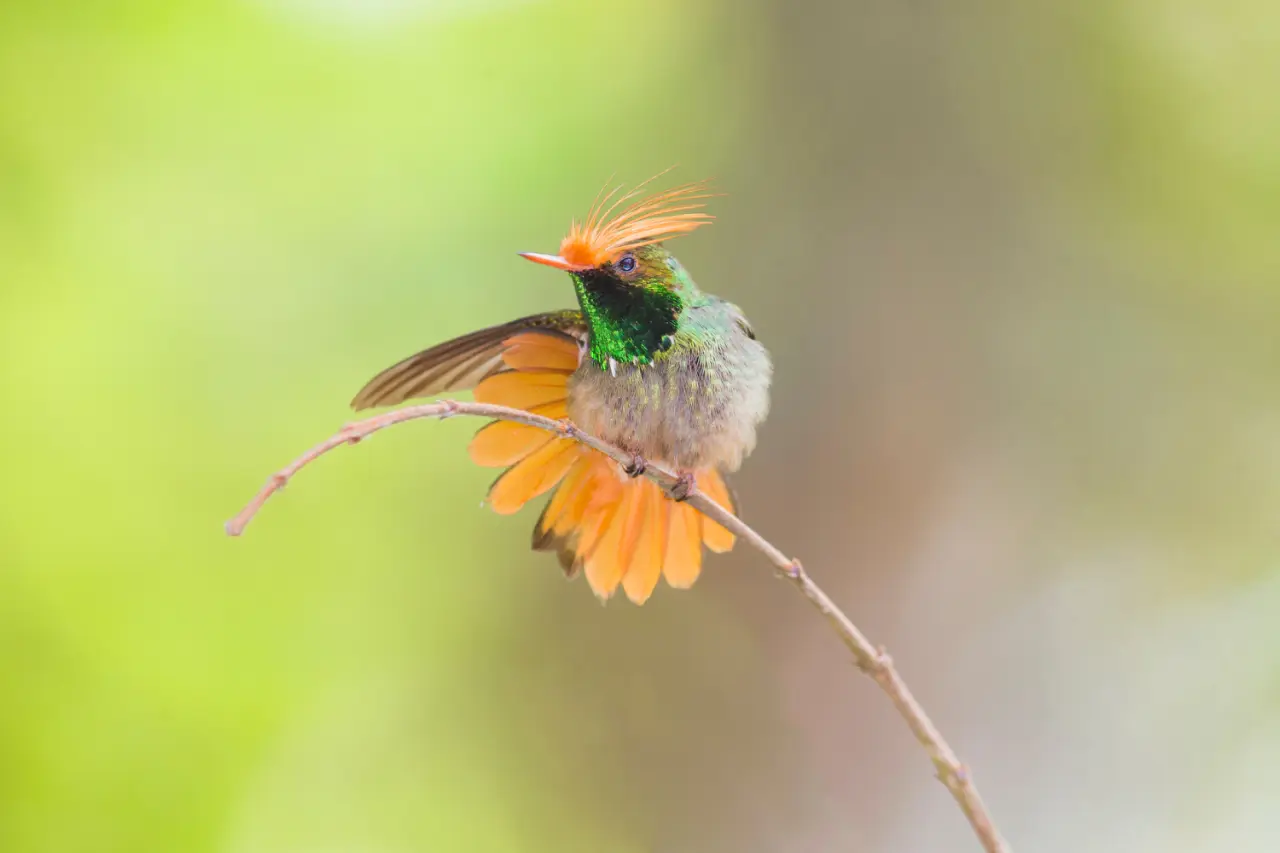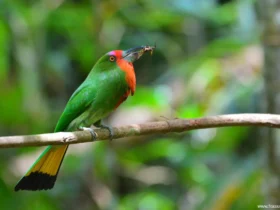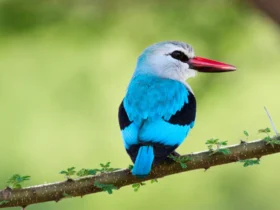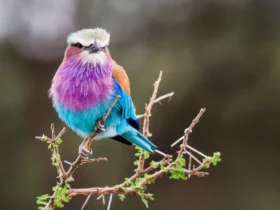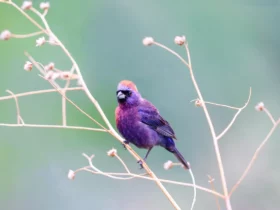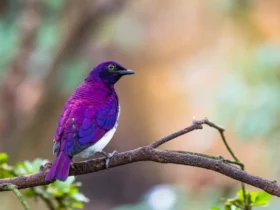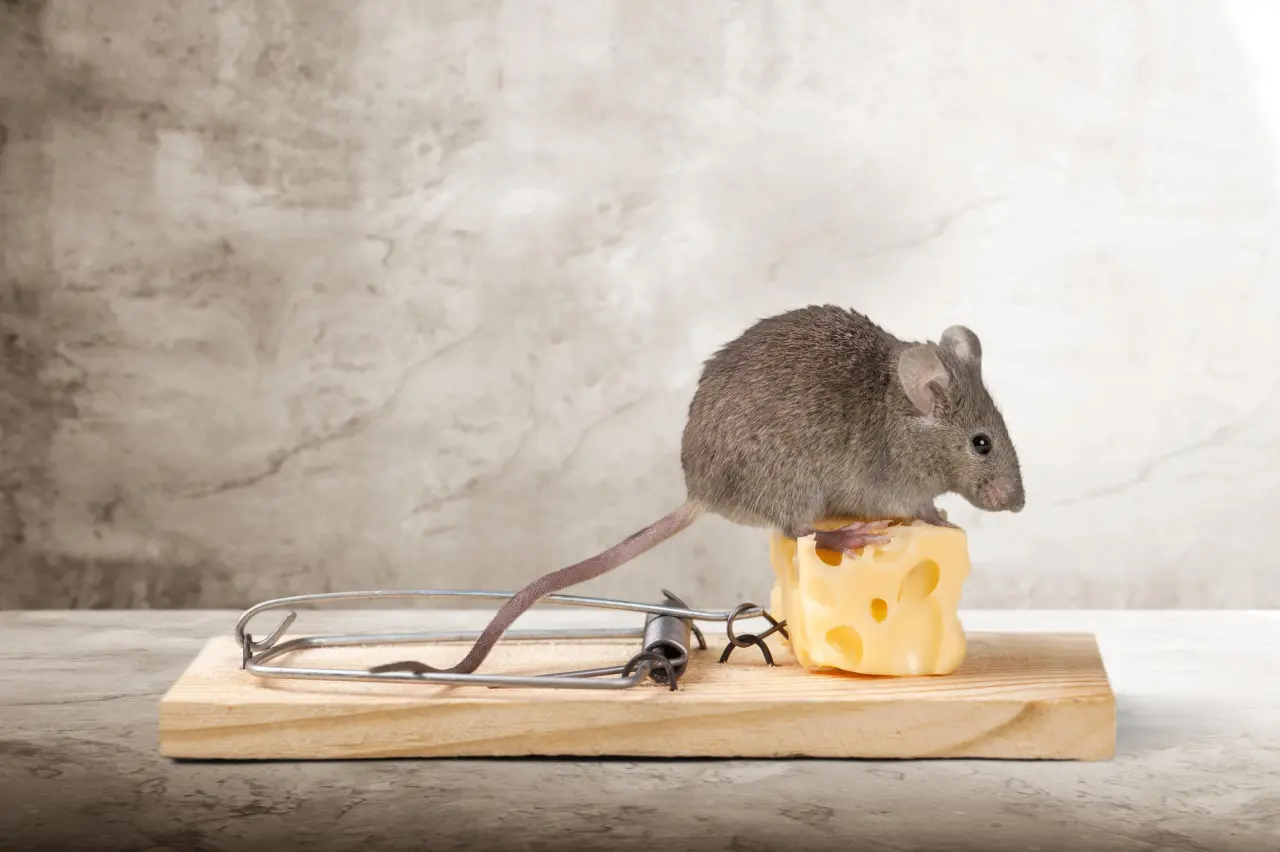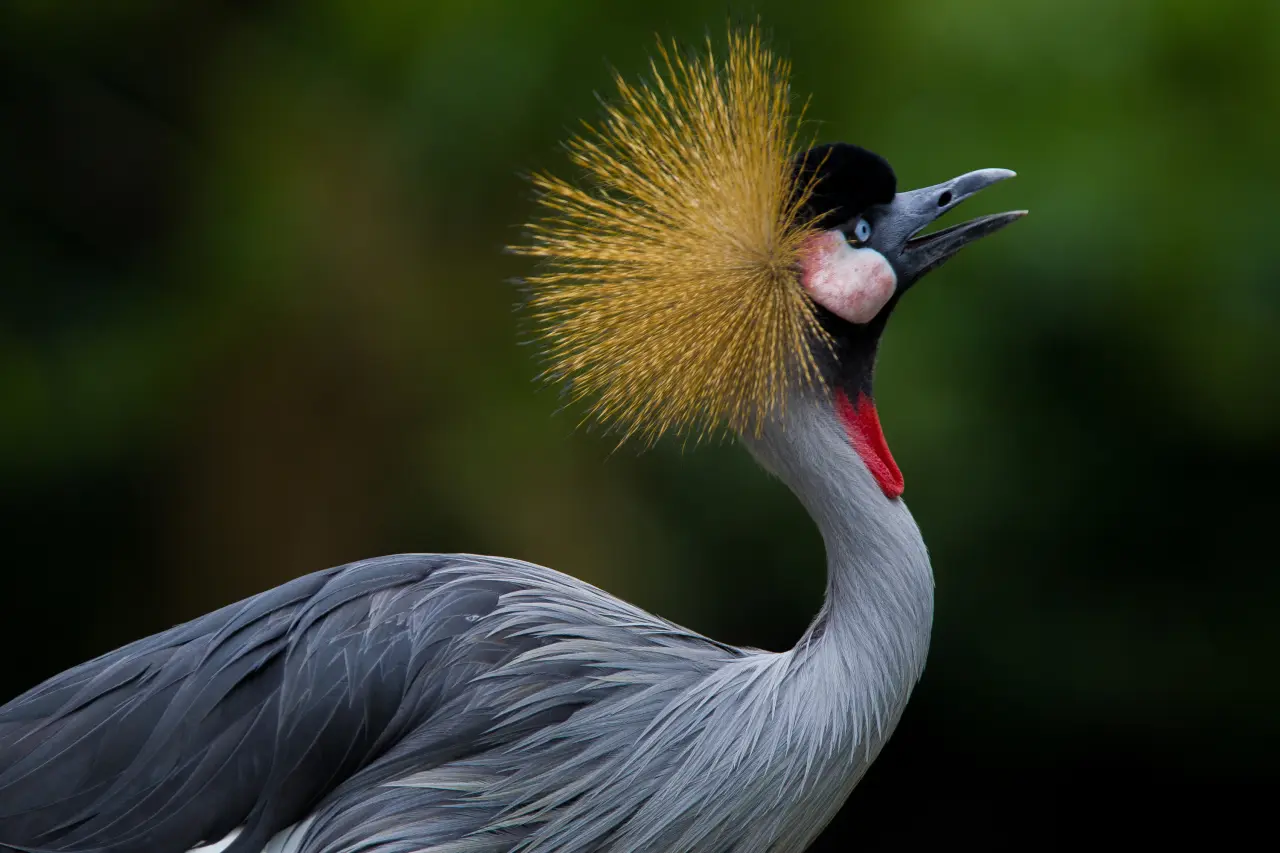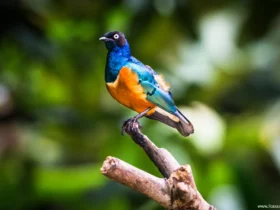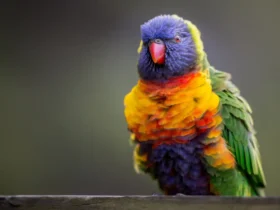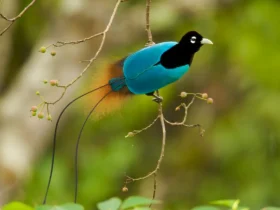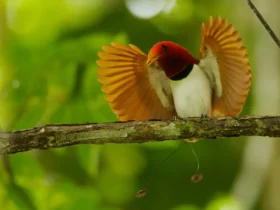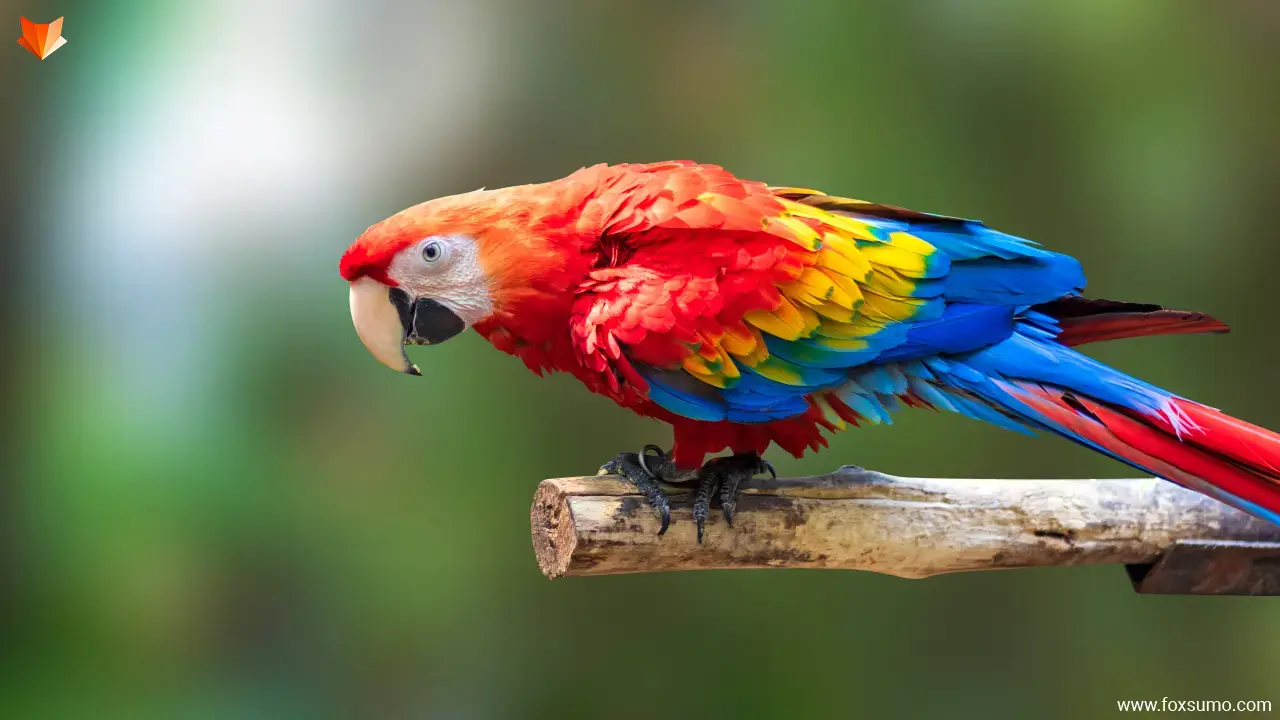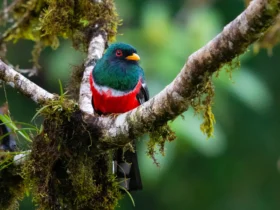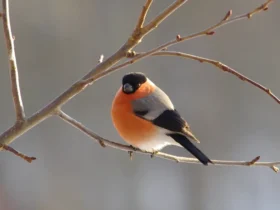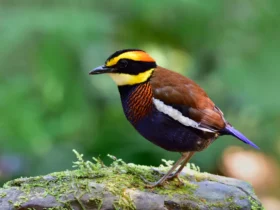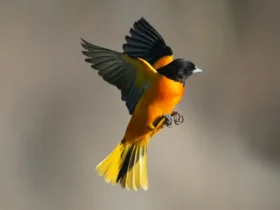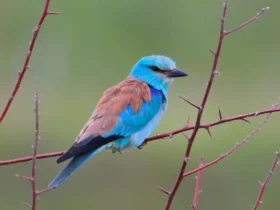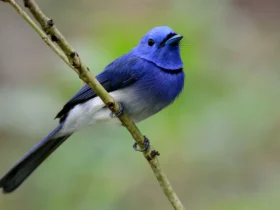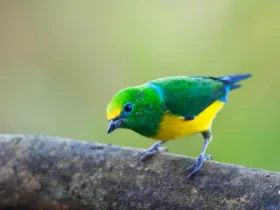The Rufous-crested Coquette (Lophornis delattrei) is a tiny and enchanting bird species that captivates bird enthusiasts and nature lovers alike. With its vibrant plumage, distinctive crested crown, and incredible aerial acrobatics, this species stands out as a true marvel of nature. Found in select regions of Central and South America, the Rufous-crested Coquette offers a glimpse into the breathtaking diversity of avian life.
Appearance and Plumage
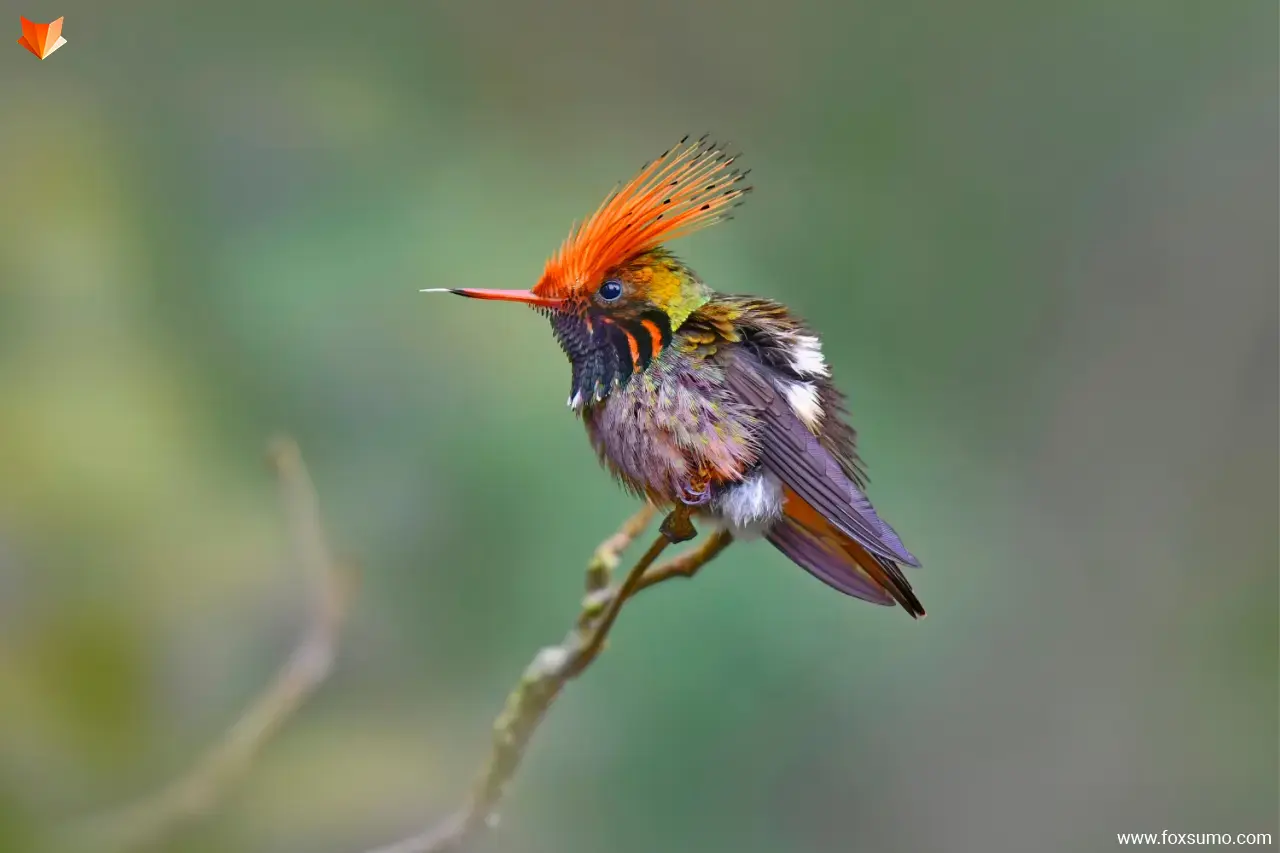
Measuring only about 9 centimeters in length, the Rufous-crested Coquette possesses a striking appearance that leaves a lasting impression. The male of the species boasts a rich, iridescent green plumage on its upper body, which shimmers brilliantly in the sunlight. Its most distinguishing feature is the rufous-colored crest on the top of its head, which flares up like a regal crown. In contrast, the female Rufous-crested Coquette displays a more subdued palette of green and rufous, allowing for effective camouflage in their natural habitat.
Aerial Acrobats
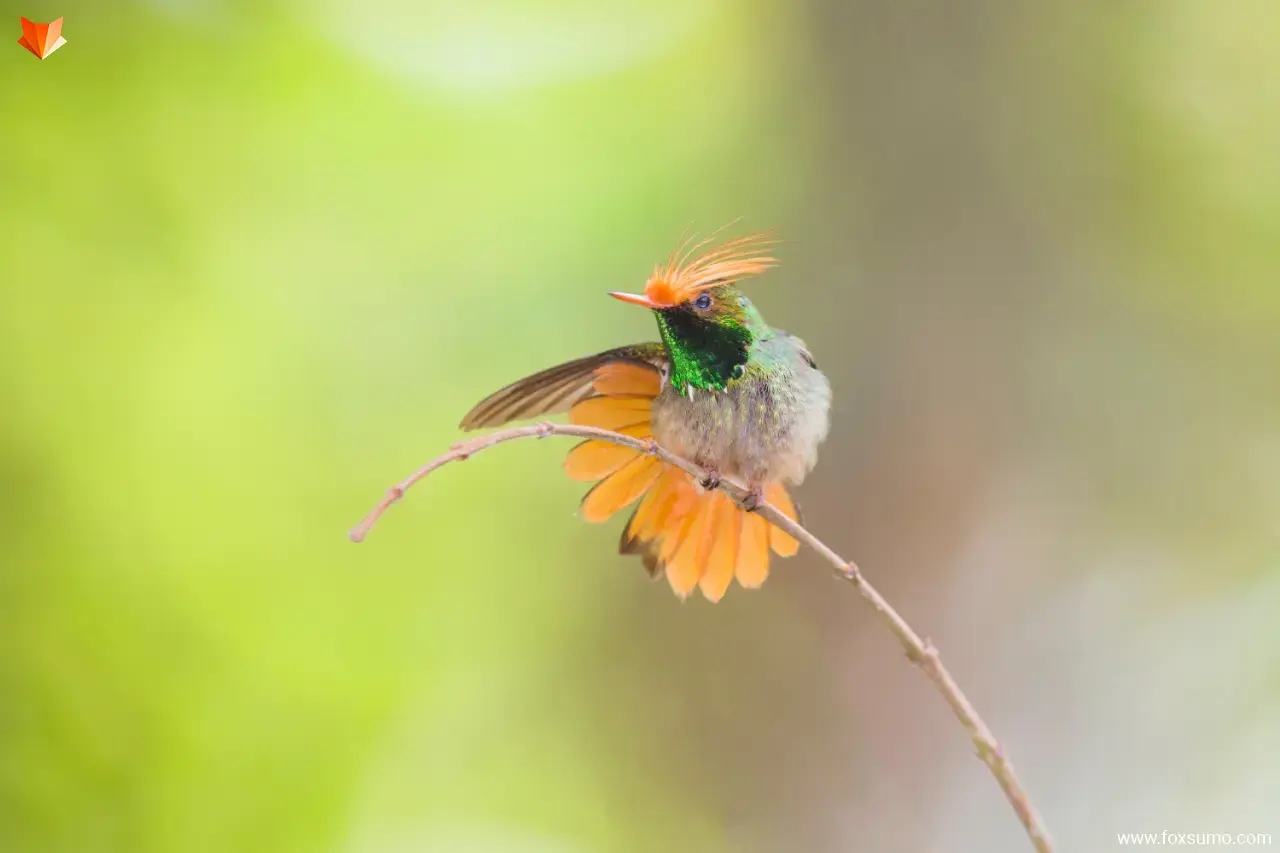
One of the most captivating aspects of the Rufous-crested Coquette is its extraordinary aerial prowess. These birds are highly skilled in maneuvering through dense vegetation and are renowned for their agility in flight. With rapid wingbeats and precise control, they dart between flowers and foliage, using their long bills to extract nectar from blossoms. The Rufous-crested Coquette’s ability to hover mid-air, even in unfavorable weather conditions, is a testament to their adaptability and survival skills.
Diet and Floral Relationships
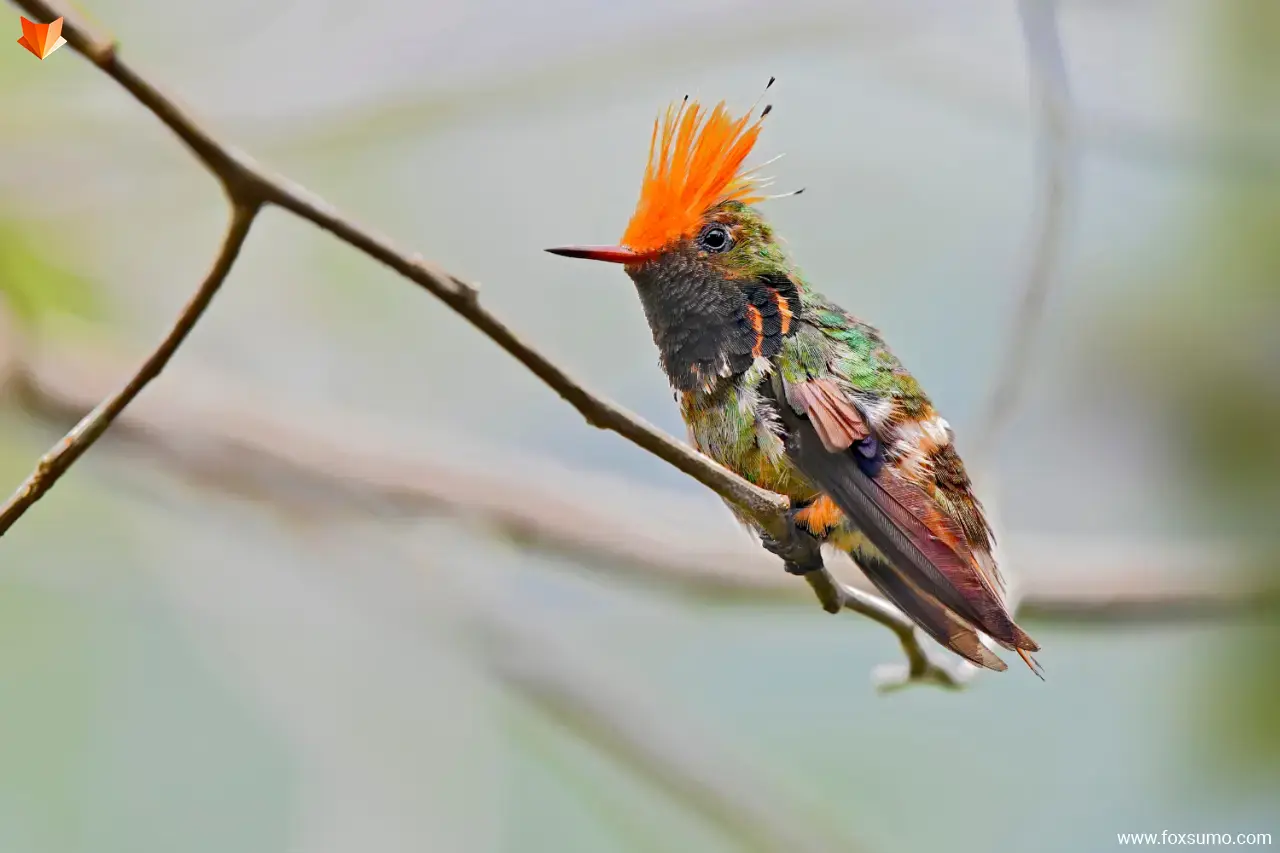
As nectarivores, Rufous-crested Coquettes play a vital role in pollination within their ecosystems. They have developed specialized beaks that are perfectly suited for extracting nectar from flowers. While feeding on nectar, they inadvertently transfer pollen from one blossom to another, facilitating the reproductive cycle of numerous plant species. This mutually beneficial relationship between the Rufous-crested Coquette and flowering plants contributes to the overall biodiversity and vitality of their habitats.
Courtship and Breeding
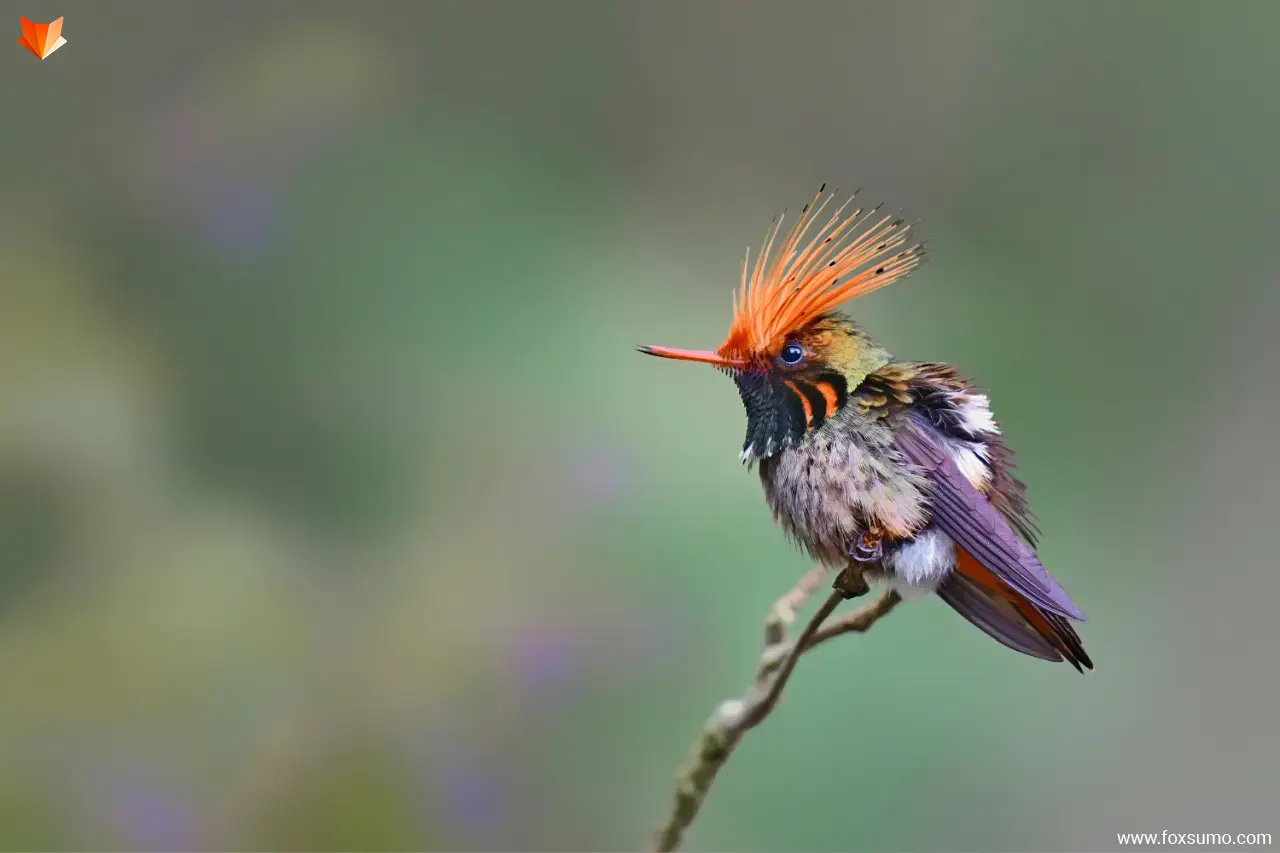
During the breeding season, male Rufous-crested Coquettes engage in elaborate courtship displays to attract females. They perform impressive aerial displays, which include high-speed dives and intricate patterns, while simultaneously vocalizing unique calls. Once a female is enticed, a pair bonds and begins building a small, cup-shaped nest. These nests are carefully constructed using moss, plant fibers, and other organic materials, blending seamlessly with the surrounding foliage. After the female lays her eggs, both parents take turns incubating them and providing food until the hatchlings emerge.
Range and Habitat
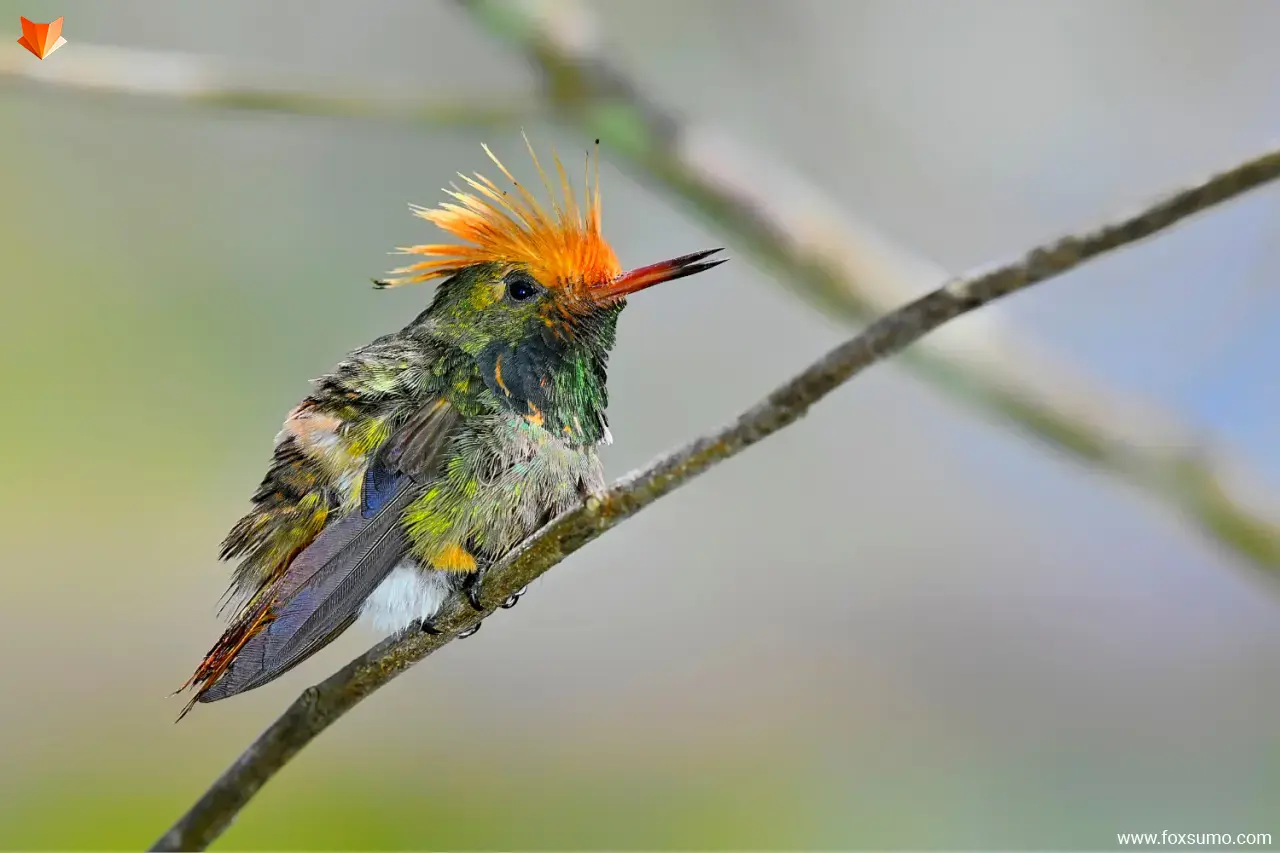
The Rufous-crested Coquette is predominantly found in the mountainous regions of Central and South America, specifically in countries like Costa Rica, Panama, Colombia, Ecuador, and Peru. Within their habitats, they prefer cloud forests, montane forests, and areas with an abundance of flowering plants. These environments provide them with the necessary resources, such as nectar and insects, to sustain their energy levels and reproductive success.
Final Thought
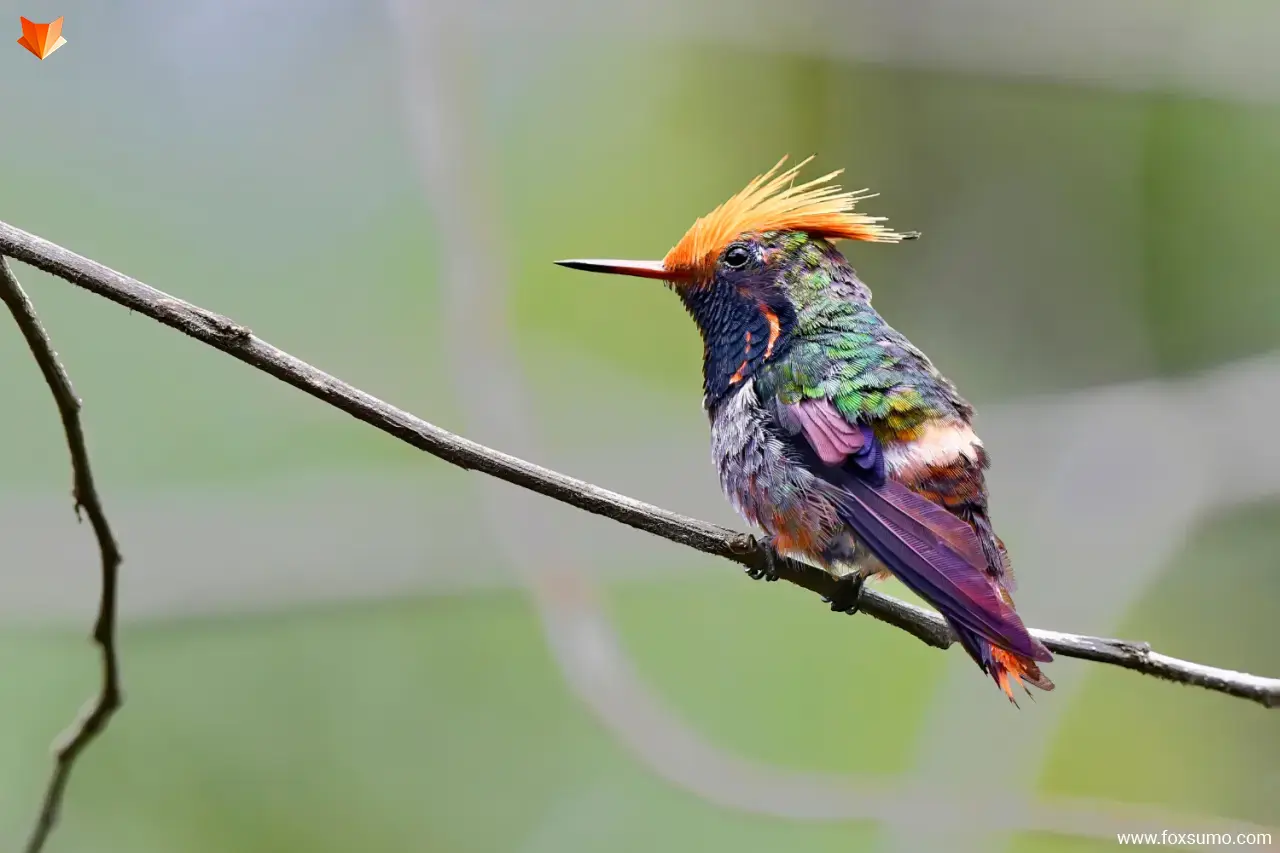
Encountering a Rufous-crested Coquette in its natural habitat is a truly memorable experience. These tiny birds showcase the intricate beauty and remarkable adaptations that exist within the avian world. Whether it’s their dazzling plumage, remarkable flight maneuvers, or vital role in pollination, the Rufous-crested Coquette is a testament to the diversity and wonder of nature. By appreciating and conserving these extraordinary creatures, we can ensure the continued existence of these delicate marvels for generations to come.
